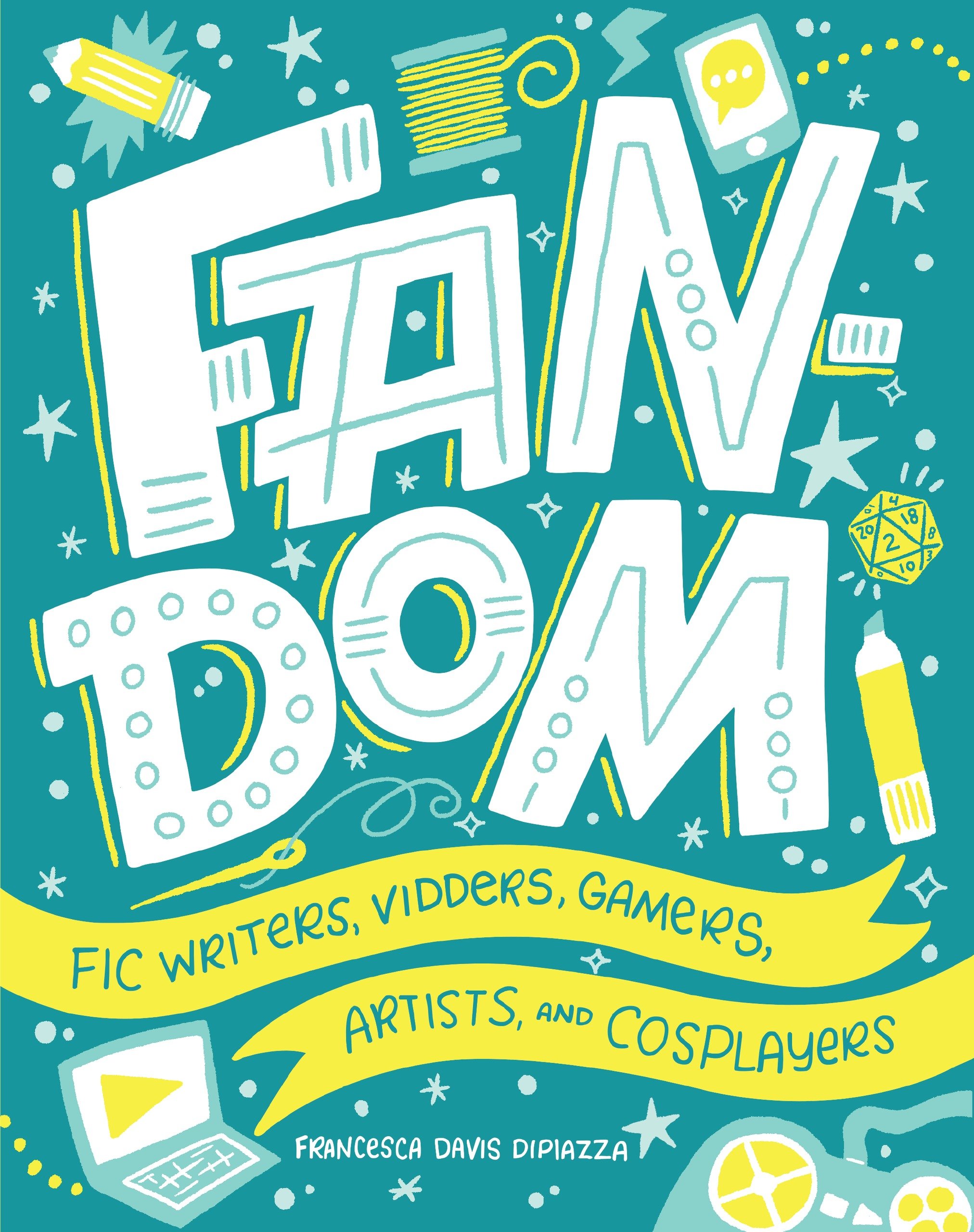Table of Contents Show
Fanfiction (fic) is a beneficial tool in the classroom. It introduces students to critical thinking about character and theme, helps ELL students pick up language skills, and is an enjoyable way to interact with a text. But the task of finding ways to adapt this fan practice for educational purposes is a daunting one.

In 2016, I was assigned to co-create and teach a class on fanfiction for middle school students. Figuring out how to pair traditional writing classes with fandom history and analysis took years of work, and I want to share those tips and tricks with you!
1. Assign Your Fandoms
It’s tempting to let students pick their own fandoms to write their fic about. After all, we want students to engage and feel connected to their assignments. But like any other traditional English classroom, it’s beneficial to keep all your students on the same page. By selecting which fandoms your classroom will be writing for, you can ensure they can rely on each other for help and inspiration. When everyone is familiar with the same text, it’s easier to create lessons and use examples of strong storytelling and characterization.
You can also intentionally include variety and introduce your students to new fandoms they may not have heard of. You can do this by picking a text from different categories: animation, comics, podcasts, 80s classics, and television. Or you can also pick texts based on the diversity of the cast to display strong representation in your classroom. If you still want students to pick their own fandoms for writing assignments, consider it for their major or final projects.
2. Make Your Students Write Fic… And Publish It
While just talking about fanfiction and turning in an assignment will suffice, it doesn’t teach your students anything about real fan cultures. Having students publish fanfiction will not only make it easier for them to read and comment on each other’s writing, but it’s also an opportunity to teach online etiquette. Younger students will not always understand it isn’t polite to include constructive criticism or discuss things they don’t like about a fandom in the comment section. In a controlled environment, you can start the basics of teaching students how to stay safe and be kind on social media.

Wattpad works well in a classroom as it is appropriate for all ages (with parent permission) and provides a user-friendly dashboard. It allows students to easily follow each other, for teachers to check their profiles and see if they have left comments for their classmates, and younger students love designing the covers for their fics!
3. Don’t Be Afraid To Get Off Topic
Fandom is the geeky wild west. You can’t be expected to reign in your students all the time. Leave extra time in your lesson plans for students to stray away from the topic of conversation. Allow them to make connections between pieces or media or ask questions about other fandom practices, like fanart and cosplay. Allowing five to ten minutes of unstructured time can make all the difference to your lesson. Engaged students are curious students. Let them share their thoughts and develop their own relationship to fandom.
4. Provide Articles on Fans and Fandom History
Depending on the grade level, it might seem impossible to find age-appropriate books or articles for your students to read about the history of fans. But there are always gems waiting to be found. If you’re looking for something free online, Fansplaining is a podcast focused on dissecting and discussing fandom, or Vox’s series on fanfiction are great free resources. If you’d rather assign a book, Fandom: Fic Writers, Vidders, Gamers, Artists, and Cosplayers by Francesca Davis Dipiazza is the perfect book for middle school students that breaks down academic analysis into easy to understand chapters. (And don’t forget us at The Daily Fandom.)

Don’t forget to include fiction stories like Fangirl ((Rowell, Rainbow. Fangirl. St. Martins Griffin. 2013.)) or Ship It ((Lundin, Britta. Ship It. Freeform. 2018.)) to add a unique flair when discussing fan cultures. It may take time to find the perfect resources for your students, so don’t be afraid to try new things!
5. Prepare For Hard Conversations
Fanfiction can sometimes lead to difficult conversations. Students will inevitably stumble onto hard topics that don’t have easy answers with access to the internet. They will want to know why Real Person Fiction is so prevalent in fandom (and if it’s even legal), or they might have questions about sexuality in slash fiction. Always set boundaries with your students by explaining what topics and aren’t appropriate for the classroom.

But you also need to be ready for questions that dig beneath the surface. Building these discussions into lessons or preparing articles ahead of time can help ease the stress of wondering what to say.
In Conclusion…
Despite five years of experience, I still find myself building upon my fanfiction curriculum. My students provide insight into what fandoms they enjoy or what they are most interested in learning about. Their development as writers and consumers of media is emphasized by the use of fanfiction as a backbone. They make more conscious decisions in their writing and are better able to grapple with concepts like theme and tone.
Knowing what inspires them helps me create a more positive learning environment. Remote learning also caused shifts in the class from being focused on in-person viewings and activities (like students doodling their favorite fandoms on the whiteboard) to being more focused on online resources and how fandom operates through the internet. Teaching fanfiction is like teaching any other subject; you’re always evolving and learning how to be better every day. Don’t shy away from bringing fandom into your classroom. Embrace it.
